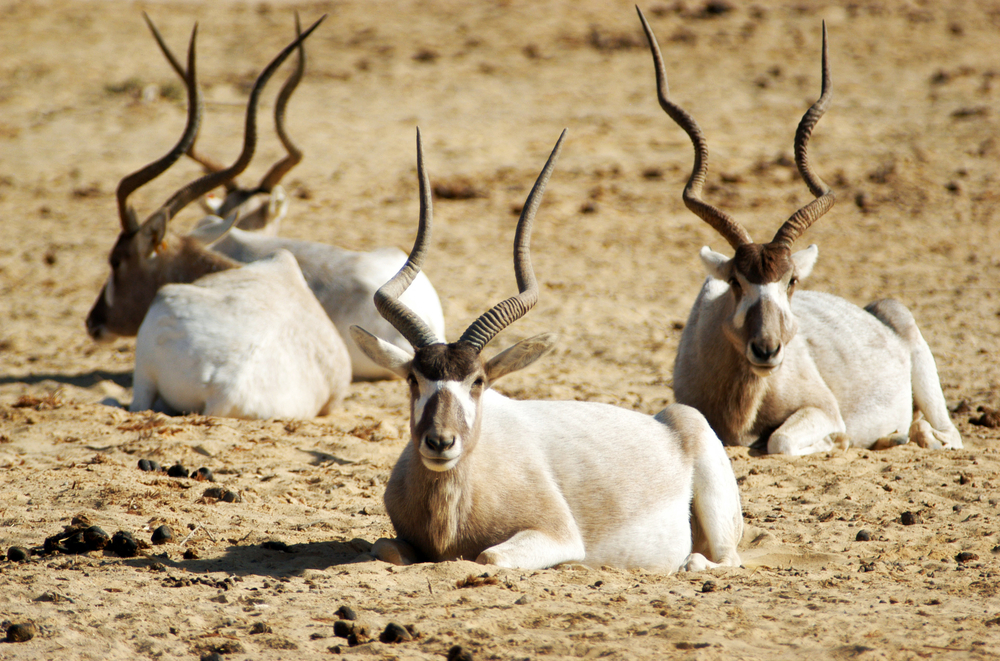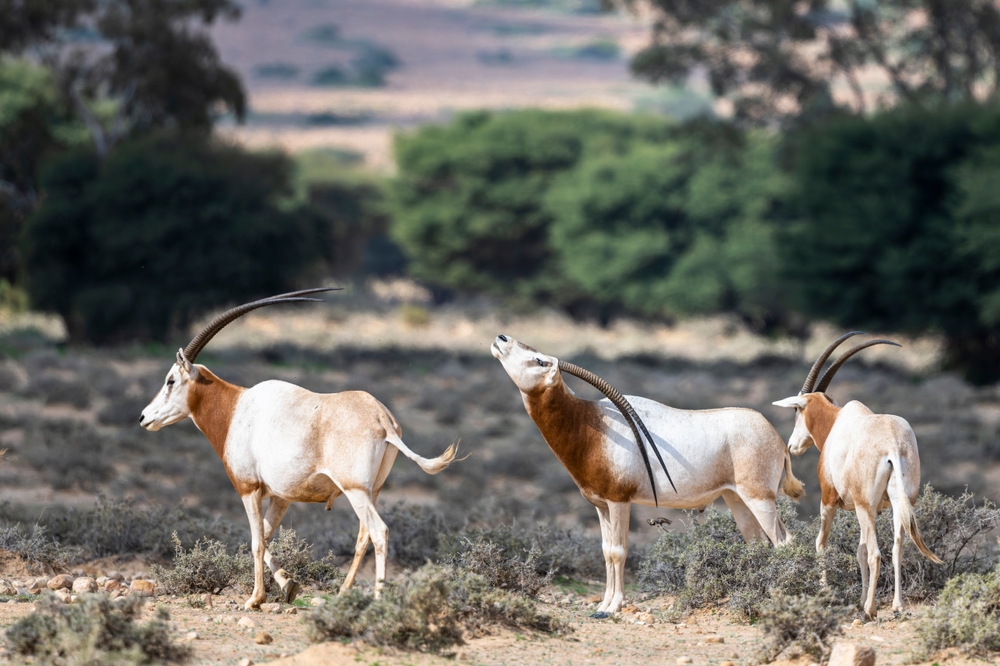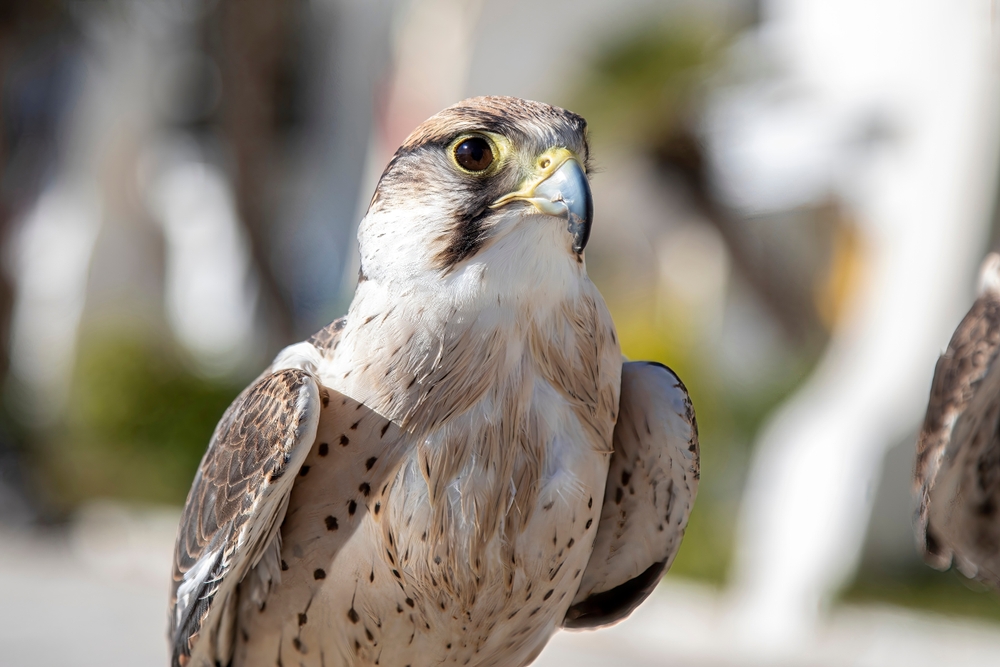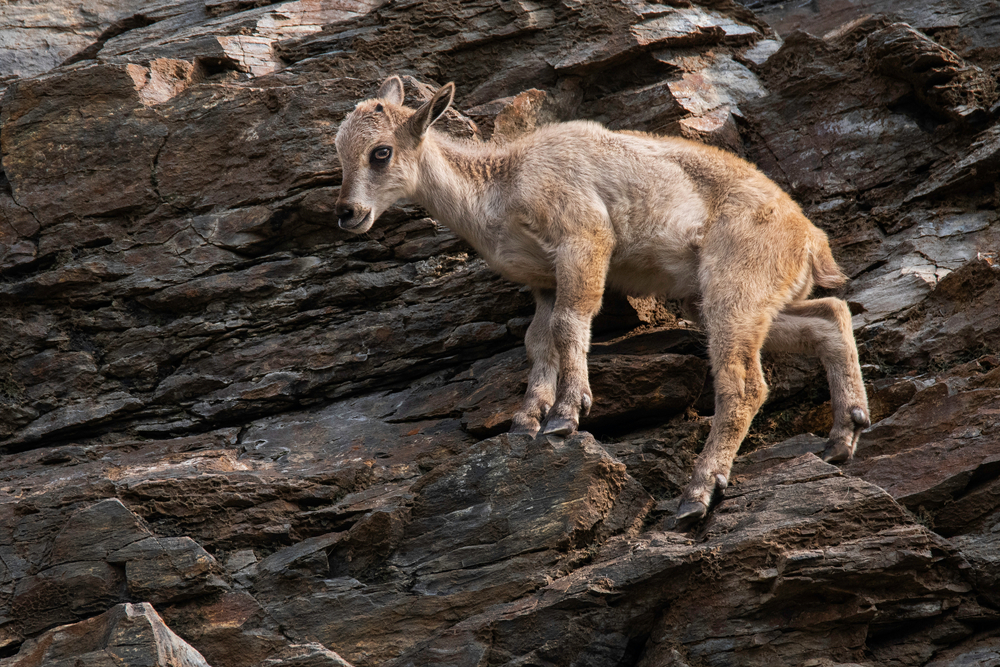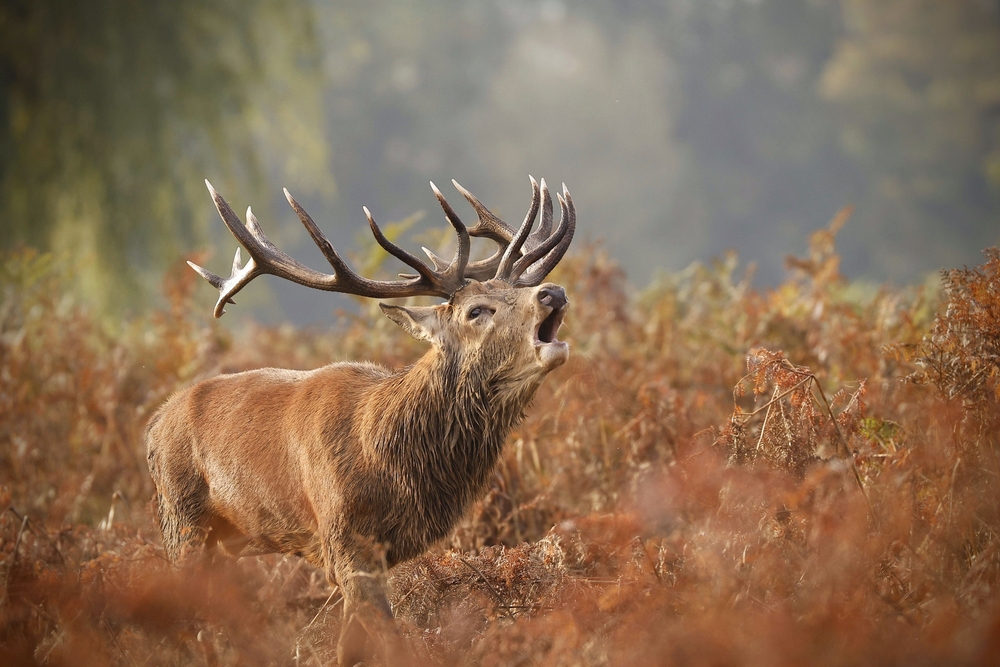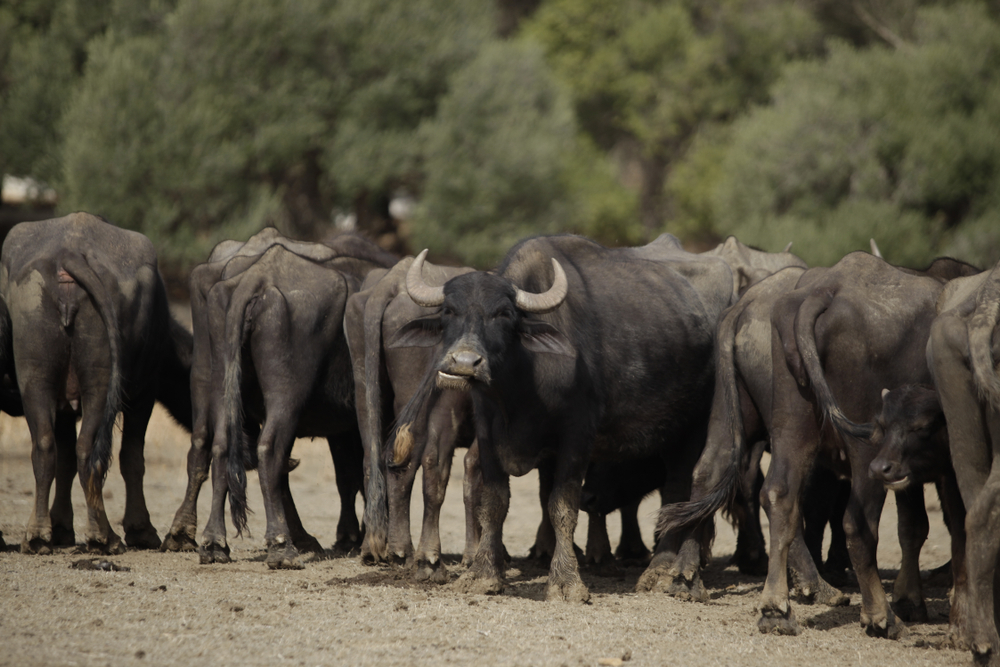Jebil Overview
Jebil National Park, locally known as Parc National de Jebil, is Tunisia’s largest national park and a gateway to the vast expanse of the Sahara Desert. Established in 1994 and covering an area of approximately 150,000 hectares (580 square miles), the park is located in the southern part of the country near the town of Douz. It serves as a critical conservation area, preserving the unique desert ecosystems and cultural heritage of Tunisia’s arid regions.
The park’s landscape is a mesmerizing blend of rolling sand dunes, rocky plateaus, and scattered oases. As part of the greater Grand Erg Oriental, Jebil offers visitors a quintessential desert experience, complete with golden dunes that stretch endlessly into the horizon. The terrain is interspersed with occasional sebkhahs (salt flats) and wadis, creating a dynamic and diverse environment shaped by the harsh desert climate.
Jebil National Park is celebrated for its rich and resilient biodiversity, which has adapted to thrive in extreme conditions. Among the park’s most iconic inhabitants are Dorcas gazelles, known for their agility and ability to survive without direct water sources for extended periods. Other notable species include the addax antelope, sand fox, and fennec fox, whose large ears and nocturnal habits help them navigate the desert environment. Reptiles such as desert monitors and horned vipers are also commonly found, adding to the park’s ecological diversity.
The park is a haven for birdlife, particularly migratory species. Visitors may spot houbara bustards, desert sparrows, and Egyptian vultures soaring above the dunes or foraging in the sparse vegetation. The presence of these birds underscores the park’s importance as a refuge for avian species crossing the Sahara during seasonal migrations.
Flora within Jebil National Park is sparse but vital, consisting of hardy desert plants such as acacias, tamarisks, and halophytes. These plants play a crucial role in stabilizing the sand dunes, providing shade, and sustaining the park’s wildlife. Seasonal rains occasionally bring a fleeting bloom of wildflowers, transforming the arid landscape into a vibrant display of life.
Jebil National Park is not only a natural sanctuary but also a cultural treasure. The park is home to several archaeological sites, including remnants of ancient Berber settlements and Roman outposts, which offer a glimpse into the region’s rich history. Traditional nomadic tribes, such as the Mrazig Bedouins, continue to inhabit the area, maintaining their customs and connection to the land.
Conservation efforts in Jebil focus on mitigating the impact of desertification, combating illegal hunting, and protecting endangered species. The park’s designation as a protected area highlights Tunisia’s commitment to preserving its desert ecosystems. Education programs and eco-tourism initiatives aim to raise awareness about the park’s ecological and cultural significance.
Visitors to Jebil National Park can engage in a variety of activities, including camel trekking, guided 4×4 tours, and stargazing under the unpolluted desert sky. The park’s expansive landscapes and tranquil ambiance make it a must-visit destination for adventure seekers and those looking to connect with nature’s raw beauty.
In summary, Jebil National Park is a breathtaking testament to the resilience of life in the desert. Its stunning dunes, unique wildlife, and cultural heritage offer an unparalleled experience for travelers seeking an immersive journey into Tunisia’s Sahara.








































































